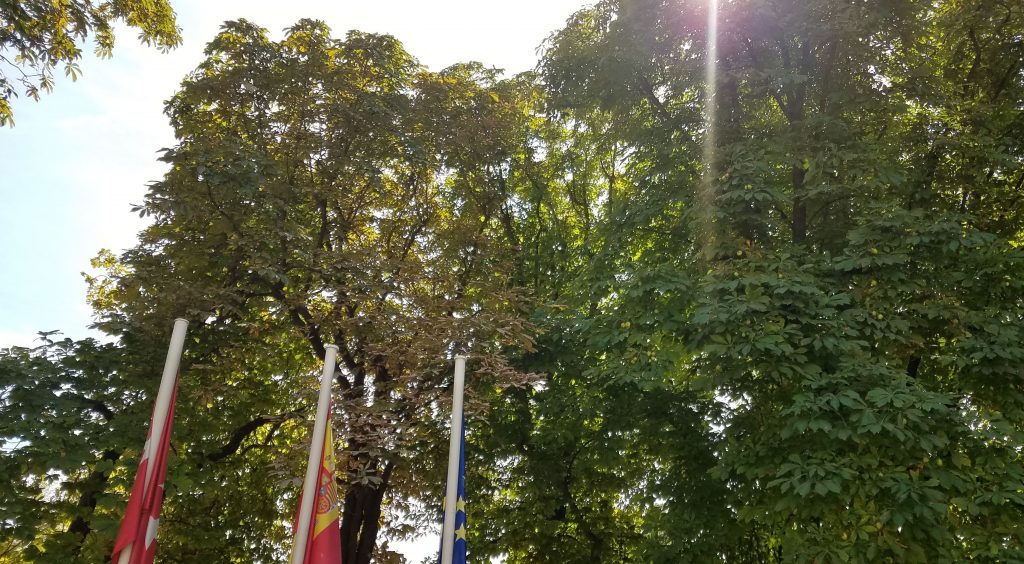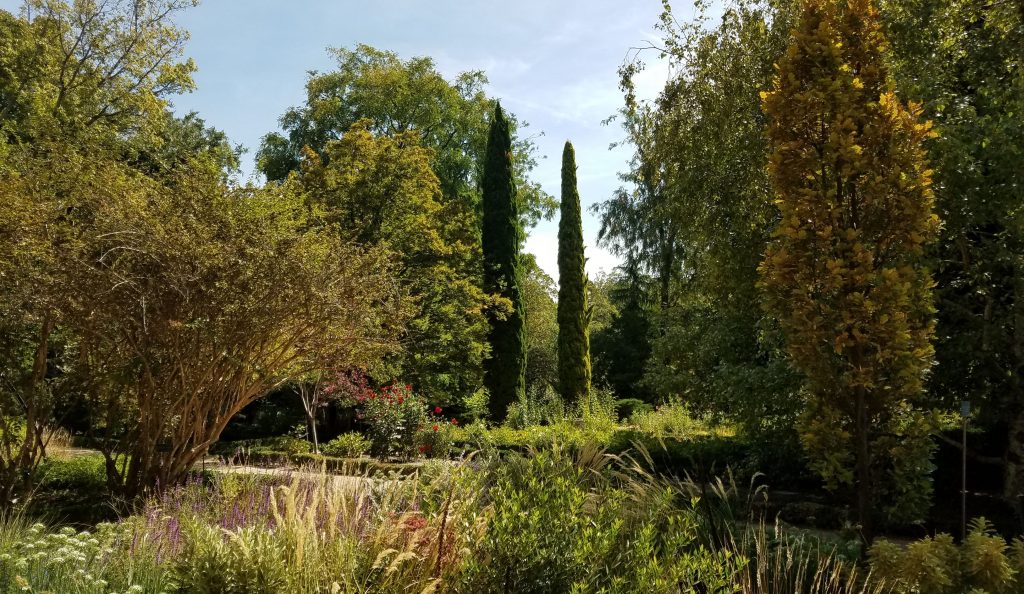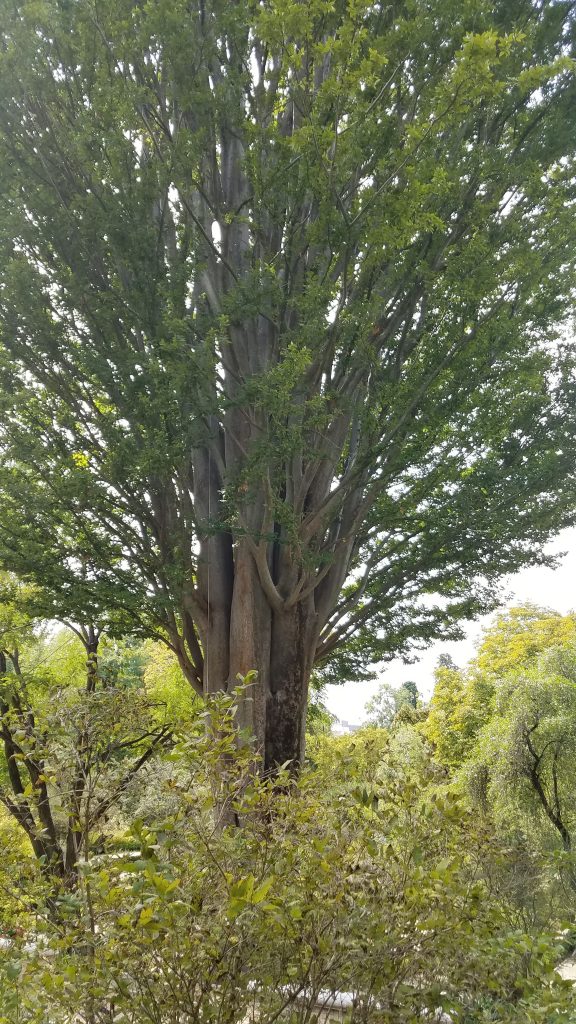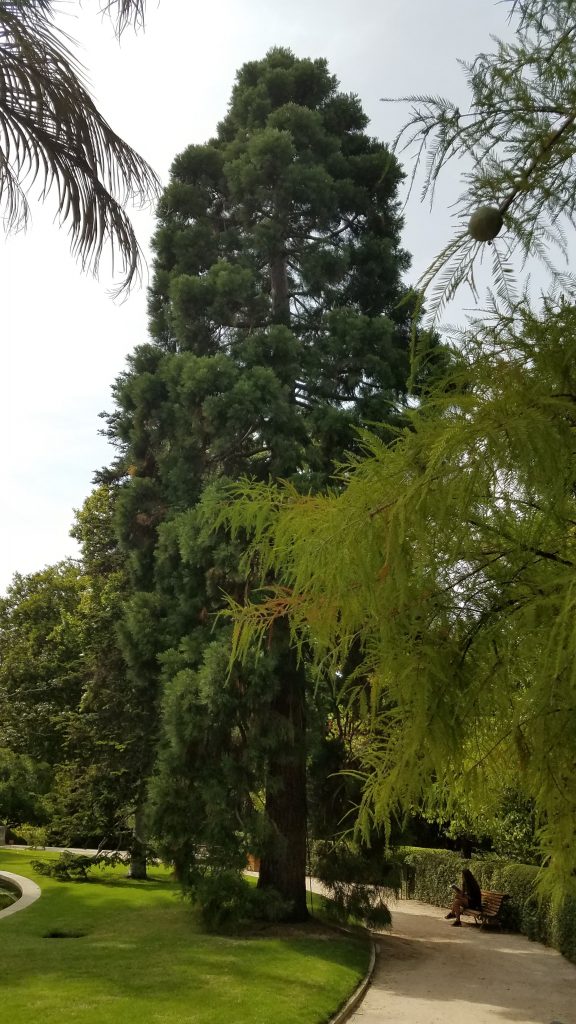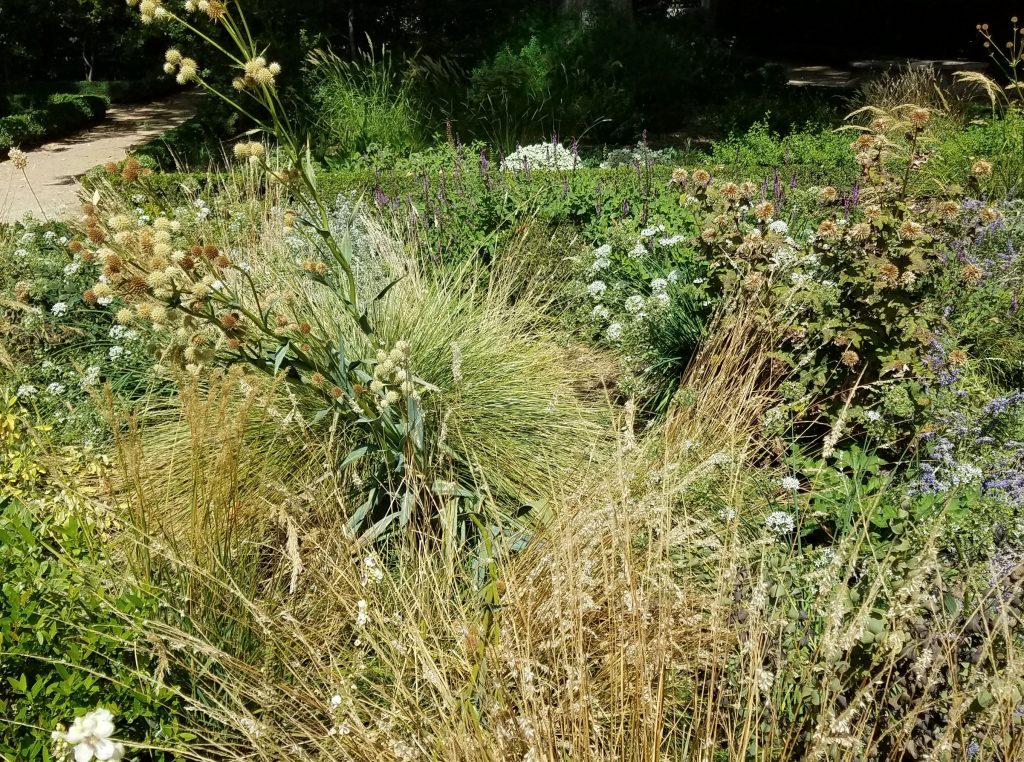I fight invasive species all the time on my farms. It is an endless battle against ailanthus, multi flora rose and Japanese honeysuckle, among others. Invasive bugs are killing trees I love. This is another endless struggle.
Add in climate change and human induced landscape changes and we know it is a fight we will not win, but maybe we can finesse better solutions.
First, we need to accept the reality. The concept of “native” and invasive are now merely conveniences. Native means little when in the face of so many changes. We can never really “restore” the old world and really would not want to. The moving finger writes and having writ moves on.
Our task now is not to try to mimic the nature we found, but rather try to understand and use natural principles to help more appropriate systems develop. We will never get it “right” but then neither does nature. It is always a dynamic. There never was and never can be nature in static balance.
That does not mean we should not favor natives long established. In practice, we should give natives something akin to the right of first refusal. If a native species works well, go with the native. But if conditions have so changed that the native species is no longer appropriate, we need not go to radical means to make it appropriate. Ironically, the only way to “restore” nature in many cases would be with massive human intervention.
What we need now is an iterative approach, think-try-think again-try again. We are dealing with not with a complicated system but with a complex and adaptive one, which means that what we do will change basic conditions.
Our metaphors of nature are not always appropriate. I mentioned the idea of balance, more a religious than a scientific concept, but the one I am thinking of here is that idea of nature as a tapestry. We say that if we pull out one thread, the whole thing can unravel. This is true of a tapestry and for a complicated system. It is not true of a complex, adaptive system. Nature is not fragile. Nature is robust; we are fragile.
These were some thoughts as Chrissy and I walked through the Royal Botanical gardens in Madrid. The garden is packed full of species from all over the world, many grow well here in Spain. Many are not associated with each other anywhere except where humans have made it so.
I could catch a giant sequoia, palm tree & bald cypress in the same picture frame. It reminded me of a natural environment I visited in Arizona, a “sky island” near the border with Mexico. The warming after the last ice age made the area hot and dry, but cold adapted species persisted on higher elevations. But the species mix is odd. You find cactus & agave next to spruces, fir and ponderosa pine.
It is useful to recall that species were not always where humans initially found them and some thrive much better outside their native range. A good example is the Monterrey pine, isolated locally in its home in California but fantastically well adapted to parts of the Southern hemisphere. Or consider the eucalyptus, found only in Australia by the time humans came around, but a tree that developed in South America and now is common there again. What is native anyway?
Pictures are from around the garden. You can see a sequoia from California flanked by a bald cypress from the American Southeast and a sub-tropical palm – mixed and novel relationships. Another shows a zelkova. I noticed because the Japanese zelkova became common around Washington as replacement for American elms killed by Dutch elm disease. This one, however, was a central Asian native. Next picture is just one of my favorites of the southern pine forests and American plains – a rattlesnake master. And up top are some horse chestnuts. They are native of the Balkans, but planted very widely in Europe and North America. Unfortunately, they are also threatened by a leaf miner. They were lovely trees.

